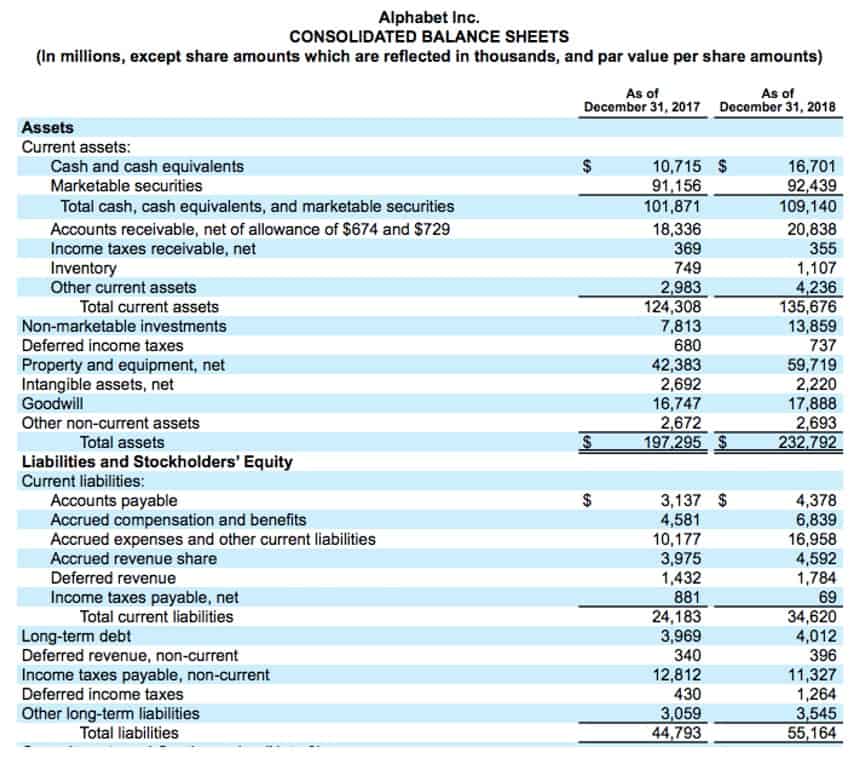
Let’s explore some practical examples to illustrate how this concept applies in various business situations. Think about your long-term intentions for the asset when selecting a depreciation method. If you plan to sell the asset before the end of its useful life, an accelerated method might better reflect its declining value. Accelerated methods often provide larger tax deductions in the early years of an asset’s life, which can be beneficial for reducing taxable income. Depreciation expense is a fundamental accounting concept that plays a crucial role in accurately representing the financial health of your business. As a business owner, understanding this concept is essential for making informed decisions and maintaining proper financial records.

Understanding the depreciation schedule

It’s simply not worth the time and accounting costs to depreciate everything a company buys for these purposes. So, if you use an accelerated depreciation method, then sell the property at a profit, the IRS makes an adjustment. They take the amount you’ve written off using the accelerated depreciation method, compare it to the straight-line method, and treat the difference as taxable income.
Sensitivity Analysis Explained: Definitions, Formulas and Examples

Then the remaining number of useful years are divided by this sum and https://www.bookstime.com/articles/employment-contracts-for-small-businesses multiplied by 100 to get the depreciated rate for the particular year. Finally, the depreciated expense is computed by multiplying this rate with the remaining fixed asset cost after deducting the salvage value. This method works similar to the declining balance method; however, it charges double the depreciated rate on the fixed asset’s balance or net book value. In this method, the depreciated percentage is charged on the net book value of a fixed asset. This netbook value is the remaining balance of fixed asset cost after deducting the overall depreciation charged for the previous years. Thus, the depreciable value diminishes every year, and so does the depreciated expense.

Useful Life
- The expense amounts can then be used as a tax deduction, reducing the tax liability of the business.
- The depreciable cost must be determined before the end of the first year of the asset’s life when a depreciation schedule needs to be created.
- In this method, the depreciated percentage is charged on the net book value of a fixed asset.
- Depreciation is recorded to reflect that an asset is no longer worth the previous carrying cost reflected on the financial statements.
- A single line providing the dollar amount of charges for the accounting period appears on the income statement.
- Depreciation is a fundamental concept in accounting and finance, representing the allocation of an asset’s cost over its useful life.
Research or consult with industry experts to learn about typical depreciation practices in your field. The salvage value is subtracted from the asset cost to determine the depreciable amount. For instance, if you estimate that you can sell your delivery truck for $5,000 after its useful life, this would be its salvage value. The IRS publishes schedules giving the number of years over which different types of assets can be depreciated for tax purposes. To claim depreciation expense on your tax return, you need to file IRS Form 4562.
- Tax professionals can assist you with understanding depreciation tax write-offs and ensure you’re maximizing your deductions while remaining compliant.
- Depreciation first becomes deductible when an asset is placed in service.
- The expense is listed in the operating expenses area of the income statement if the asset is used for production.
- The cost of business assets can be expensed each year over the life of the asset to accurately reflect its use.
- Because you can recover the full cost of assets in the first year rather than spreading the deductions over several years, you get a larger immediate tax refund or lower tax payment.
- This is due to the fact that depreciation expense impacts the balance sheet, income statement, and the statement of cash flows, all critical elements in forming a company’s financial strategy and vision.
Perpetual vs Periodic Inventory Systems Compared
For example, in the second year, current book value would be $25,000 – $5,000, or $20,000. For example, if a company purchased a piece of printing equipment for $100,000 and the accumulated depreciation is $35,000, then the net book value of the printing equipment is $65,000. Instead of taking the exact percentage, it doubles the reciprocal percentage to accelerate the depreciation cost. As the company would income statement already account for the initial investment as a cash outflow. Many depreciation methods allow by IFRS, but IFRS recommends the three methods mentioned in IAS 16. If you use a vehicle or piece of equipment exclusively for business, you can claim depreciation on that asset.
The process of depreciation is integral to the accounting practices of a business, serving as a bridge between the acquisition of long-term assets and their operational usage. It ensures depreciation expense meaning that the cost of assets is expensed systematically and rationally over their expected service lives, reflecting their consumption and loss of value over time. This section delves into the various facets of accounting for depreciation, from its definition to the nuances of its application on financial statements.
Remember, while you have flexibility in choosing a method, it’s essential to apply it consistently and in compliance with relevant accounting standards and tax regulations. By doing so, you’ll ensure accurate financial reporting and maintain transparency with stakeholders. Consistency in your approach helps stakeholders better understand your financial position over time. By carefully considering these factors, you can select the depreciation method that best suits your business needs, accurately reflects the value of your assets, and aligns with your financial goals. Once you’ve chosen a depreciation method, apply it consistently for similar assets to maintain comparability across financial periods. Changing methods should only be done if it results in more appropriate or reliable financial reporting.
- To illustrate the cost of an asset, assume that a company paid $10,000 to purchase used equipment located 200 miles away.
- It doesn’t depreciate an asset quite as quickly as double declining balance depreciation, but it does it quicker than straight-line depreciation.
- For tax depreciation, different assets are sorted into different classes, and each class has its own useful life.
- Each year when the truck is depreciated by $10,000, the accounting entry will credit Accumulated Depreciation – Truck (instead of crediting the asset account Truck).
Journal Entries for Depreciation
It is the depreciable cost that is systematically allocated to expense during the asset’s useful life. The balance in the Equipment account will be reported on the company’s balance sheet under the asset heading property, plant and equipment. The units of production method recognizes depreciation based on the perceived usage (“wear and tear”) of the fixed asset (PP&E).




